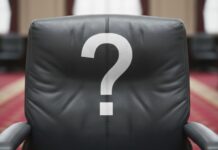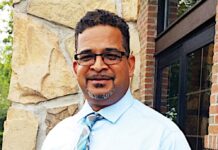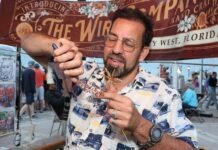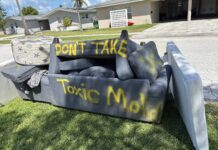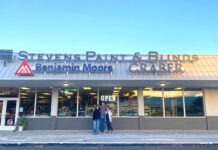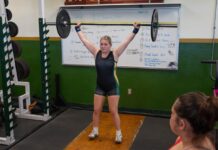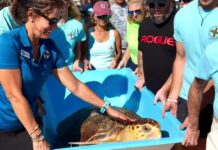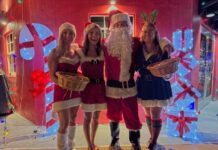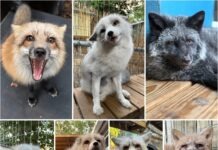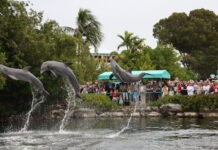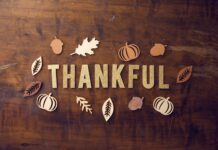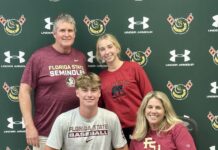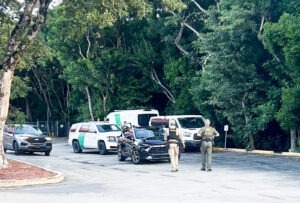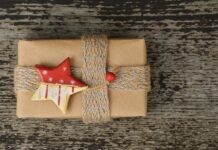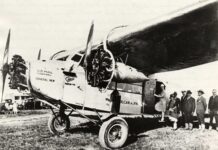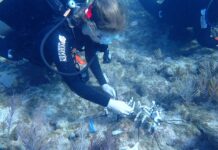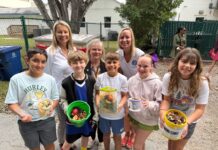
If I want to cut to the chase when telling someone about Ballast Key, I drop the fact that it was once on the market for $15.8 million. It’s true, but not the point.
Ballast Key is 10 miles west of Key West as the crow flies, longer if you don’t want to run your boat aground. It was a private island owned by Key West legend David Wolkowsky, who died in 2018 at the age of 99. (To read up on Wolkowsky — and you should — Google Michael Adno’s profile on the Bitter Southerner website, or his 2018 obituary in the New York Times.)
The island is somewhere between 14 and 26 acres. Distinctions between land and water are often debatable, as much of it is mangroves, sandbars and salt ponds that dry up in the winter. It is off the grid, relying on water catchments, solar panels, an occasional generator, and surrounded by the Key West National Wildlife Refuge.
If you’ve been to Woman Key or Boca Grande, or taken the Dry Tortugas ferry, you’ve passed Ballast Key. It’s the only house you’ll see out there. (A guest house and workshop on the island are mostly obscured by trees.) It’s modeled on the Northwest Channel lighthouse, which burned in 1971. It is also the actual Southernmost Point in the contiguous United States.
The house always reminds me of Springsteen’s mansion on the hill, the place where people project their fantasies, where life would be easier and better. (These fantasies often involve lottery tickets.)
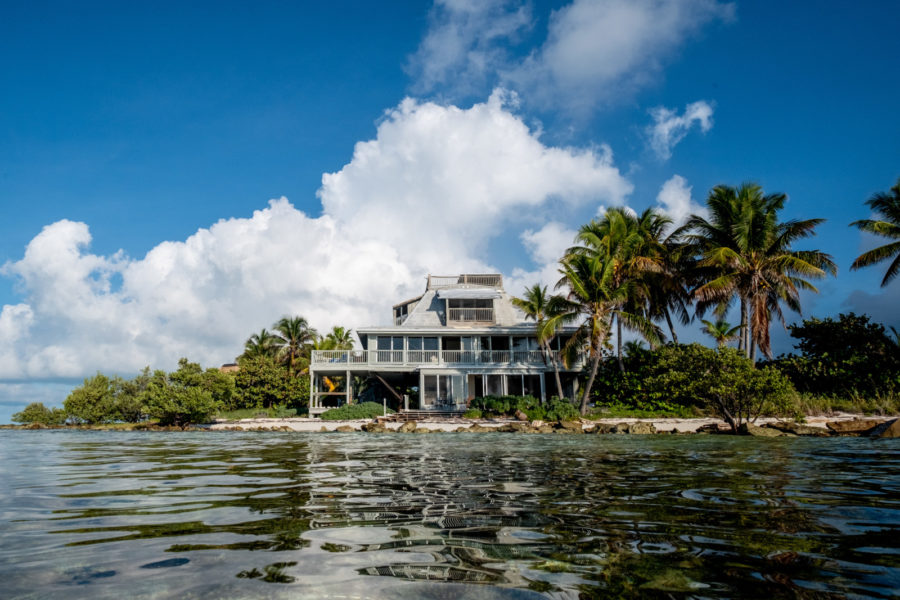
When I first was there as the guest of a guest of a guest in the late 1990s, a signed Jimmy Buffett album sat on the coffee table. It said something like, “David, sell me your island, Jimmy.” Buffett, along with Fast Buck Freddy’s owner Tony Falcone, had bought the Kress building on Duval Street from Wolkowsky, who also had a playful penchant for forged art and artifacts, so who knows if it was real.
My second visit was in summer 2019. Chris Bergh, the South Florida program manager for the Nature Conservancy, had invited me out, partly, I believe, because of my Audubon and bird geek credentials, and partly to show me what an amazing window into the Florida Keys backcountry it was.
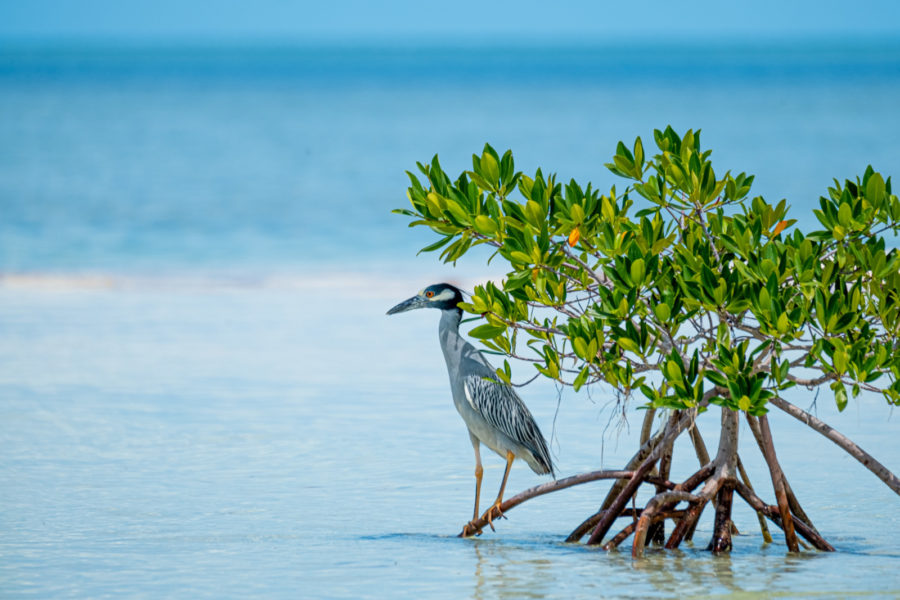
Anyone who knew David well will tell you he never actually wanted to sell Ballast Key – but liked to dangle it as bait in front of developers and other wealthy people, to reel them in and play them for a while, before cutting the line. Bergh often spoke with Wolkowsky about the ecological importance of the island and the need to prevent its development.
After Wolkowsky died in 2018, the island was donated to the Nature Conservancy, which promptly handed the deed to the U.S. Fish and Wildlife Service with an agreement that the Nature Conservancy would manage it for 10 years to ensure its protection. It was to become a base of operations for researchers and biologists, providing deeper access to the unique Keys ecosystem.
I proposed to Bergh a photo project documenting not just the island – its wildlife, architecture, landscape and the researchers to come — but also how the arc of its story would change now that its ownership had. Then I was awarded a Knight Foundation grant to do just that.
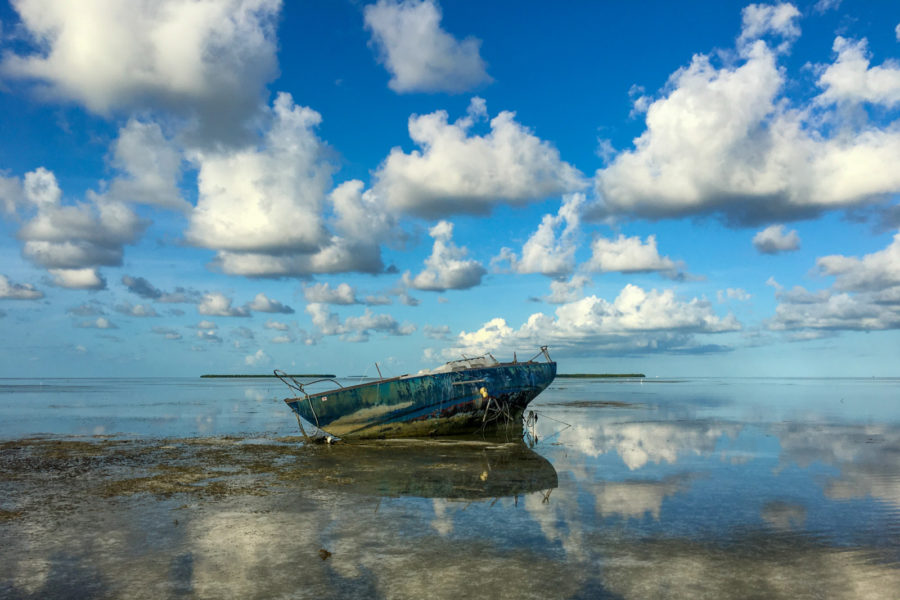
For the last two years I’ve been making periodic trips — an afternoon, a couple days — wandering and taking pictures.
Access to the island is priceless; time there, priceless. Time to notice the tear in the screen, the great white heron perched on an abandoned lobster trap, the shadows of young lemon sharks circling the flats, the hermit crabs that devour almost anything you offer. Time to stand so still that a clapper rail — an amazingly shy, sneaky bird — can exit the mangroves and walk almost across my foot without noticing me. Time to wait for the right light to hit the Suzy Zuzek dePoo mural in the main house. Time to form opinions on the personality of the Würdeman’s heron that hunted fish on the south shoreline.
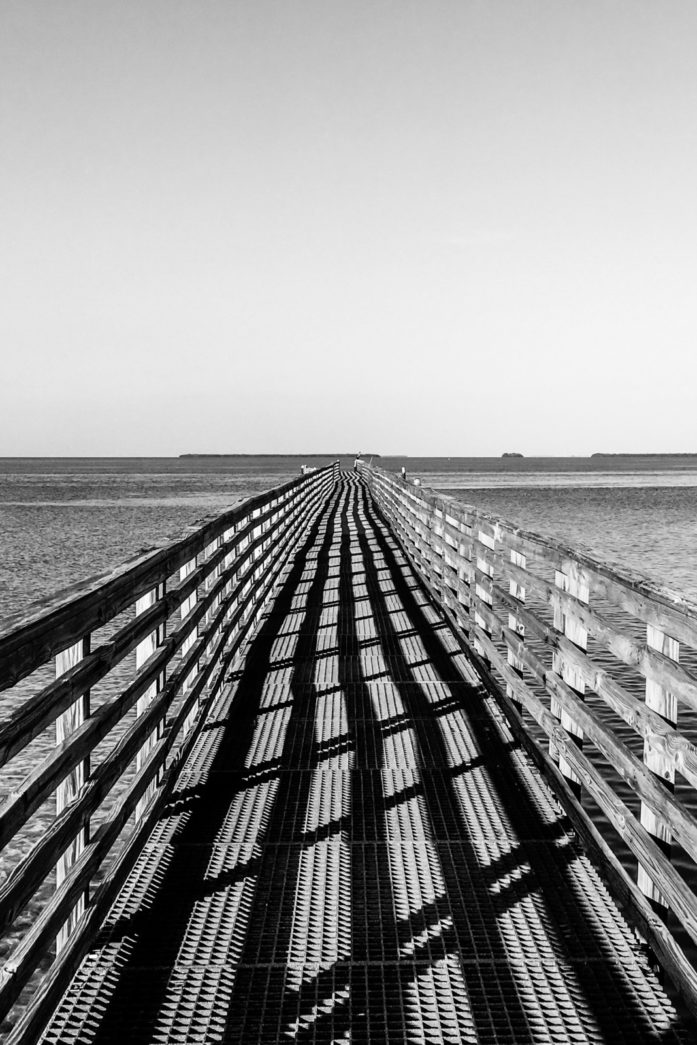
COVID threw a few wrenches into the works. It wasn’t safe to open the place up for researchers, and the Nature Conservancy ended its management agreement within two years. I made myself minorly useful as an occasional fill-in caretaker, and the folks at USFWS have allowed me more time out there to shoot and complete the project.
The culmination of all this – called South of Southernmost – is now hanging on the walls of the Sanger Gallery at The Studios of Key West.
The exhibit will be open to the public Tuesday through Saturday until Jan. 27. There’s an opening from 6 to 8 p.m. on Thursday, Jan. 6. It’s free, but reservations must be made through the tskw.org website, and masks are required.
Ballast Key will never be open on a broad scale to the public. It can’t sustain that and still retain its crucial ecological value – something which, to my mind, is worth way more than $15.8 million.
My hope is to give people a sense of what’s so valuable out there, why it needs protecting and why this is such a great legacy for David Wolkowsky.
